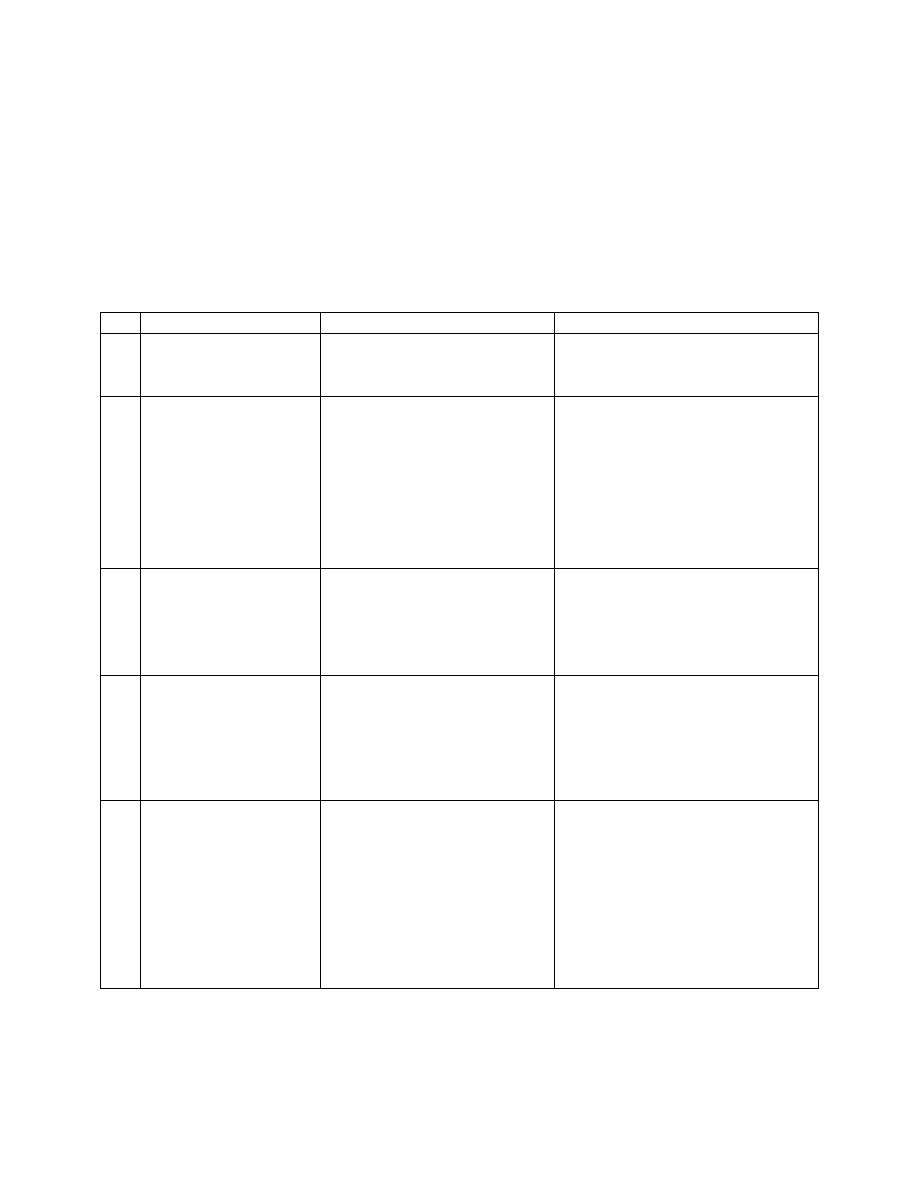
Post-Insertion Problems and Management of Complete Denture Patients
Dr. Inas Aziz M. Jawad
Dr. Inas Aziz M. Jawad
Wearing complete dentures that function poorly could be a
negative factor with regards to the maintenance of muscle
function and nutritional status.in addition, mucosal reactions could
result from mechanical irritation by the dentures, accumulation of
microbial plaque on the dentures, or occasionally by an allergic
reaction to the denture material.
It is evident that most problems/ complaints arise with
complete dentures, due to the combination of one or more of the
following causes:
1. Incorrect antero-posterior relationship.
2. premature contacts
3. lack of balanced occlusion
4. Excessive vertical dimension
5. cramped tongue space
6. Inadequate
(restricted) periphery
7.
under extended denture bases
8.
Incorrect impression procedures/ faulty impressions.
The post insertion problems may be transient and may be
essentially disregarded by the patient or they may be serious
enough to result in the patient being unable to tolerate the
dentures.
Once a denture-wearing problem becomes apparent, it is
important that it is addressed in a logical and systematic way.
That is to say, an adequate history of the problem must be
obtained and a careful examination of the mouth carried out so
Prosthodontics Dep.
College of Dentistry
University of Mosul
Post-Insertion Problems
and Management
of Complete Denture Patients

Post-Insertion Problems and Management of Complete Denture Patients
Dr. Inas Aziz M. Jawad
that an accurate diagnosis can be made, and an appropriate
treatment plan devised.
The problems/ complaints mentioned bellow are not all
inclusive, but are the most common ones.
Table 1: Problems after 24 hours of denture insertion:
Problem
Cause
Treatment
1
Trauma at the
peripheral area
Sharp edge of acrylic or an
acrylic pearl
Use PIP, an area of wipe off
would be seen, remove the
sharp edge and smoothen
2
Gagging
Overextended maxillary
denture.
Decreased stability of the
maxillary denture
Overextended
mandibular denture
Over polished maxillary
denture
Check for proper extension
in the posterior palatal seal
area
Check for Occlusal
prematurities
Check for the over extension
in the retromylohyoid area and
correct accordingly
3
Difficulty in
swallowing
Overextended
mandibular denture in
the retromylohyoid area
Increased vertical
dimension of occlusion
Check for over extension and
correct accordingly
4
Pain or ulceration in
the area of the labial
or buccal frenii in
either the maxillary
and mandibular
denture
Frenii not relieved properly Use disclosing media and
correct accordingly.
5
Difficulty in speech.
This problem could range
from lisping or whistling
sound while speaking due
to the incorrect contour of
the palate of the maxillary
denture, to a difficulty in
getting adapted to the new
dentures
Check for the sounds while
patients speak words
containing a lot of the “s”
alphabet and correct the
palatal contour. If the problem
is difficulty in getting used to
new dentures, educate the
patient

Post-Insertion Problems and Management of Complete Denture Patients
Dr. Inas Aziz M. Jawad
Table 2: Problems after 72 hours of denture insertion:
Problem
Cause
Treatment
1
Pain or area of
ulceration present at
the crest of the ridge
Usually a result of Occlusal
prematurity.
Locate the prematurity using
articulating papers and correct
accordingly. No alterations to
be done to the intaglio surface
if it is found to be smooth
2
Soreness or
ulceration present at
lingual part of the
slope of the anterior
part of the
mandibular
ridge
This is usually due to
incorrect recording of the
centric relation which
results in shifting of the
mandibular denture base
resulting in trauma
If the shift from the centric is
very minimal, it can be
corrected using selective
grinding. However if gross
amount of movement of the
mandibular denture base is
seen, at least one of the
dentures have to be remade
3
Soreness at the
area of the buccal
frenum of the
maxillary denture
This results when the
retentive qualities of the
denture holds it in place,
while enough relief is not
provided at the area of the
buccal frenum
Use disclosing agent and
provide relief to the buccal
frenum as required.
4
Dentures making
clicking sound
when the patient
tries to speak3
This is the result of
increased vertical
dimension of occlusion
If the increase is slight, correct
it using selective grinding. If
the increase is gross,
remaking of the dentures may
be required.
5
Ulcerations on the
lateral borders of
the tongue
This is usually due to a
sharp edge of a tooth or
too much lingual tilting of
the occlusal surface of the
lower teeth leading to
cramping of the tongue
Check for the cramping of the
tongue by asking the patient to
protrude the tongue slightly, if
the mandibular denture lifts
dentures have to be remade.
However if the cause is a
sharp cusp of a tooth, round it
off.
6
Pain at posterior
aspect of upper
denture on opening
Flange at the buccal
aspect of the tuberosity too
thick.
Use disclosing agents to
locate the area of excess,
relieve and repolish.

Post-Insertion Problems and Management of Complete Denture Patients
Dr. Inas Aziz M. Jawad
Table 3: Complaints presented by the patient after about a week
of denture insertion:
Problem
Cause
Treatment
1
Pain about
periphery of
dentures possibly
accompanied by
pain in masseter
and posterior
temporalis
muscles (classically
pains increases as
the day progresses)
Excessive vertical
dimension of occlusion
If excess is less than 1.5 mm
grind, if the excess is more
than 1.5 mm. remake dentures
at a new VDO
2
Appearance
Complaints may
arise from patient or
relatives. Common
complaints include:
shade of teeth too
light or dark; mold
too big/small;
arrangement too
even or irregular or
lacking diastema
Patient failed to comment
at trial stage, or has
subsequently been swayed
by family or friends.
Perhaps the change from
the old denture to the
replacement denture
Accurate assessment of
patient’s aesthetic
requirements.
Ample time for patient
comments at trial stage.
Use any available evidence to
assist - photographs, previous
dentures.

Post-Insertion Problems and Management of Complete Denture Patients
Dr. Inas Aziz M. Jawad
Table 4: Complaints reported by the patient after 3 weeks of
denture insertion:
Problem
Cause
Treatment
1
Cannot open mouth
wide enough for
food’. May be speech
problems and facial
pain especially over
masseter region
Excessive OVD
Can remove up to 1.5 mm from
occlusal plane by grinding, but if
more is required, remake
dentures
2
Eating difficulties.
Dentures move over
supporting tissues
Unstable dentures. Check
that retentive forces are
maximized and displacing
forces minimized and all
available support has been
used.
Construct dentures to maximize
retention and minimize displacing
forces.
3
’Blunt teeth’
Broad posterior occlusal
surfaces which replaced
narrow teeth on previous
denture. Non anatomical
type teeth used where
cusped teeth previously used
Where non-anatomical teeth
used, careful explanation of
rationale is required, may be
possible to reshape teeth.
Routine use of narrow tooth
molds recommended.
4
Speech problems
Uncommon, but
presence is of great
concern to patient.
May affect sibilant (eg
s), bilabial (eg p,b),
labiodental (eg f.v)
Cause may not be obvious.
May be unfamiliarity - check
that problem not present with
old dentures.
Check for vertical dimension
accuracy, and that vertical incisor
overlap not excessive. Palatal
contour should not allow
excessive tongue contact or air
leakage - assess using disclosing
paste over denture palate while
sound is made.
It is recommended that the
patient’s speech is assessed at
trial insertion visit
5
Gagging
This complaint could be the
result of food getting under
the maxillary denture base
and causing the denture
base to dislodge and irritate
the dorsal surface of the
tongue, leading to gagging
Check for proper extension and
seal at the posterior palatal seal
area and addition at the area with
self-cure acrylic resin could be
done to achieve a better seal.
